The 10 Best Stargazing Sites in the World
Our ancestors used to look at the stars every night, making a deep connection with nature that’s now lost to a generation of city-dwellers. Happily, though, there are still plenty of places where you can see nature’s most dazzling show, and not all of them are remote. Here are ten of the best.
1) Mauna Kea, Hawaii
A visit to Hawaii already offers sun, sand and surf; travel to Big Island and you can revel in what many people consider to be the best stargazing on the planet. You may be at risk of altitude sickness (the top of Mauna Kea, a dormant volcano, is 13,796ft above sea level) but the view is breathtaking in other ways too: a lack of light pollution ensures unparalleled visibility.
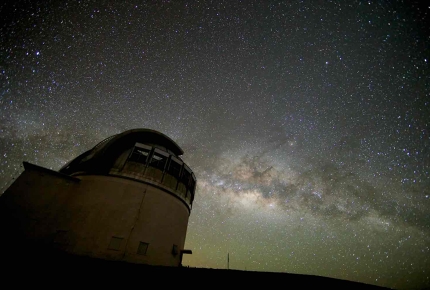 The stars at Mauna Kea, in Hawaii
The stars at Mauna Kea, in HawaiiGRAWLLF/ Thinkstock
2) Atacama Desert, Chile
As one of the driest places in the world, Atacama Desert has few clouds, along with a high altitude and zero light pollution. What better way to experience it than by camping? Elqui Domos, in the Elqui Valley, is the only "astronomic hotel" in the Southern Hemisphere and offers domed tents with open ceilings and wooden cabins with decks.
3) Yangtze River Valley, China
You may not expect heavily polluted China to offer a top stargazing site, but the Yangtze River Valley swaps the lush scenery of Asia’s longest river by day with gorgeous glittering night skies. The Chinese have a long history of stargazing, too, dating back to 4 BC – one of the first observatories was built in Beijing during the Ming Dynasty.
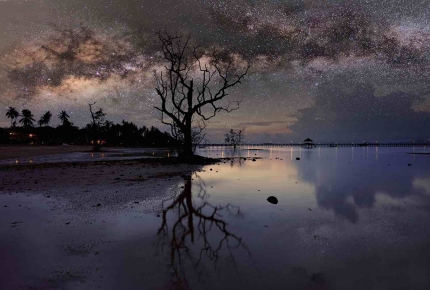 Yangtze River Valley, China
Yangtze River Valley, ChinaPhonix_a/ Thinkstock
4) Kruger National Park, South Africa
South Africa’s largest game reserve, where you can spot the Big Five (lion, elephant, buffalo, leopard and rhino) is also great for stars, due to its flat grassy plains with very few trees. The park abounds with luxury lodges, so for a once-in-a lifetime experience, sit back with a gin and tonic and watch the fiery red and orange sunset quickly make way for an ink black sky studded with bright stars.
5) Kiruna, Sweden
Its location 120 miles north of the Arctic Circle makes Kiruna a prime spot to see the aurora borealis, or northern lights – although unfortunately these streaks of magical colour are never guaranteed. Other places you may get to see them include Trysil in Norway and Denali National Park and Preserve in Alaska.
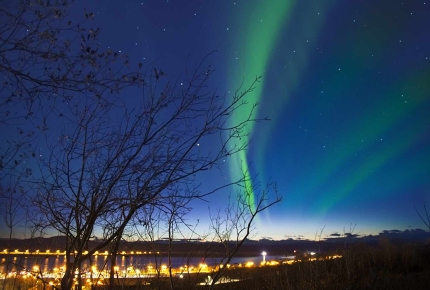 The northern lights in Kiruna, Sweden
The northern lights in Kiruna, SwedenPipop_Boosa rakumwadi/ Thinkstock
6) Los Angeles, California, USA
Not an obvious choice, we know, but Griffith Observatory on the top of Mount Hollywood has powerful telescopes, all the better for checking out the moon and stars on a clear night. By day, you can see the Hollywood sign, the Pacific Ocean and downtown LA, too. Famous for appearing in key scenes in Rebel Without A Cause in 1955, the observatory also recently featured in the top Oscars contender La La Land.
7) Death Valley National Park, California, USA
Exchange the neon stars of Las Vegas for Death Valley, only two hours’ drive away on the border of California and Nevada. As approximately 91% of the park is wilderness, there’s very little artificial light or pollution. The expansive vistas will open up a multitude of stars, but beware – visit in summer and temperatures could regularly top 100°F (38°C).
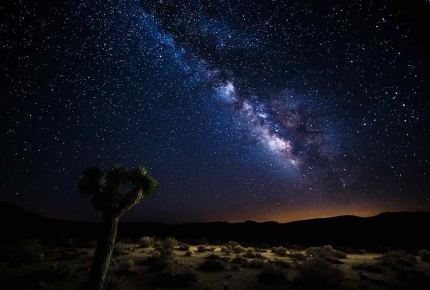 Death Valley National Park is 91% wilderness
Death Valley National Park is 91% wildernessBeboy_ltd/ Thinkstock
8) Cherry Springs State Park, Pennsylvania, USA
Cherry Springs is located atop a great mountain range, its nearby communities set down in the valleys, ensuring minimal light pollution. It’s an amazing place to see the nucleus of the Milky Way, and it’s pretty straightforward to do so too: the Night Sky Viewing Area has public parking, information kiosks and benches. More serious enthusiasts can stay overnight in the Astronomy Observation Field and enjoy 360° views of the sky.
9) Crater Lake, Oregon, USA
Oregon's only National Park, the remote Crater Lake is at 7,000ft elevation and its relatively isolated location ensures clear skies - and the sunsets and sunrises over the Crater, the USA's deepest lake, are pretty incredible too. Stay at the Crater Lake Lodge in the heart of the action; there's also a campsite.
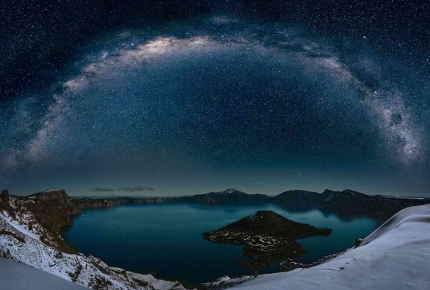 Crater Lake in Oregon
Crater Lake in Oregonfreebilly/ Thinkstock
10) Northumberland International Dark Sky Park, UK
England’s northernmost county is also one of its wildest, and Northumberland International Dark Sky Park is Europe’s largest protected area of night sky. Kielder Observatory is open to the public during events, but there are many spots throughout the area – some are remote, and others located near restaurants so you can make a fun evening out of it.
Do you have any Feedback about this page?
© 2025 Columbus Travel Media Ltd. All rights reserved. No part of this site may be reproduced without our written permission, click here for information on Columbus Content Solutions.









 You know where
You know where